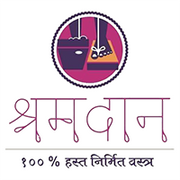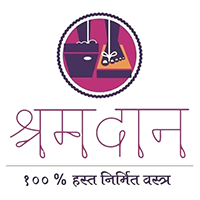By the way, to promote Swadeshi and self-reliance, there is no need for a special day, it is a continuous process. This feeling will remain in our mind only when Swadeshi and self-reliance will find a place not only in our education but also in our lifestyle. Very positive work has been done in this direction in the last five-seven years, but it is a very slow process, so it will take a little longer. Satisfaction is that even if you go slow in the right direction, you will move towards the goal.
It is easily known from reading history that handloom is an integral part of Indian art, tradition and culture. Unfortunately today the younger generation is deprived of this history.
Historical significance of National Handloom Day
The Swadeshi Movement was formally launched on 7 August 1905 at a public meeting in Townhall, Kolkata. This movement included the revival of domestic products and production processes. On July 29, 2015 by the Government of India, it was announced to celebrate August 7 every year as 'National Handloom Day' in memory of this movement. The purpose of celebrating this day is to spread awareness about the importance of handloom industry and its contribution to the socio-economic development of the country generally. While handloom products provide employment to a large number of rural population, it is also environmentally friendly.
The economic crisis that has engulfed the world in the last decade has attracted all developed countries towards a decentralised economy. Decentralised economy means "local production for local consumption". Local production is done on the basis of requirements. If we pay attention to the basic needs of humans, farming and handlooms based on bread and cloth are the backbone of an economy like India. On the basis of the changed social and economic conditions in the last five-six decades, it can be said that a large number of farmers have left small lands and many farmers have also turned into labourers. In such a situation, they can be provided employment in villages only through undertakings like handlooms.
Handloom textiles are usually expensive, but if they are done on the "production and value chain", then they can definitely be transported to the general public. Well, it is a matter of research and experimentation.
Shramdaan is the name of one such experiment. Started almost seven years ago with the blessings of Jainacharya Shri Vidyasagar Ji Maharaj, this experiment has been successful in bringing radical changes in the lives of many rural youths in a short span of time. Let's watch story of one such youth from a small village of Beena Barah, Madhya Pradesh.




1 comment
Beautiful case study🌱🌟